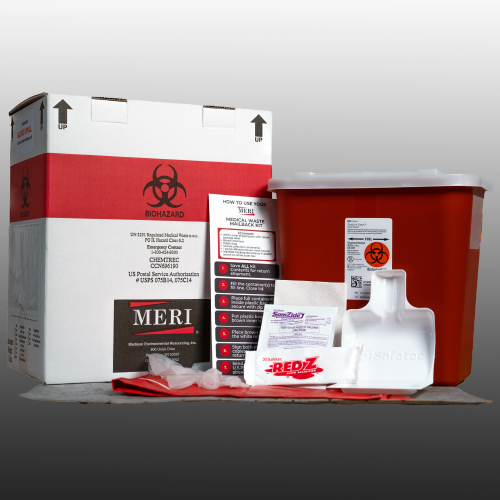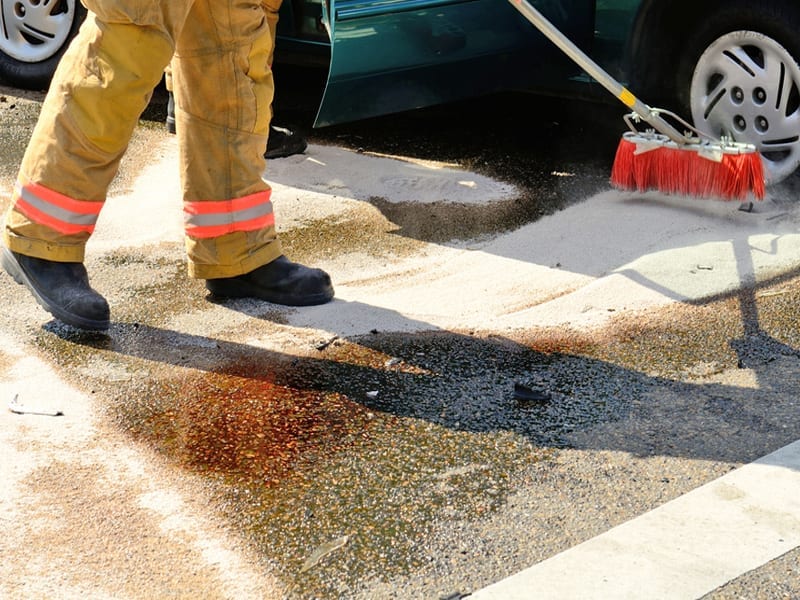Biohazard Removal: Safe Handling and Disposal of Hazardous Products
Biohazard Removal: Safe Handling and Disposal of Hazardous Products
Blog Article
Expert Biohazard Cleaning and Decontamination for Blood, Bodily Fluids, and Hazardous Materials
In the world of biohazard cleaning and decontamination for blood, bodily fluids, and dangerous products, precision and experience are paramount. The potential health risks associated with direct exposure to biohazards highlight the vital need for meticulous handling and thorough cleaning. Specialized training furnishes professionals with the expertise and abilities required to address these harmful situations effectively. Nonetheless, it is not simply about tidying up; the significance of using appropriate decontamination strategies can not be overstated. As we browse the elaborate landscape of biohazard cleaning, comprehending the subtleties of policies, compliance, and the specific equipment at play comes to be crucial in guaranteeing a comprehensive and secure decontamination procedure.
Health Dangers of Biohazard Exposure
Direct exposure to biohazards postures substantial health risks that can result in serious repercussions for individuals and neighborhoods alike. Biohazards include a variety of organic substances, including blood, bodily liquids, mold, bacteria, viruses, and other potentially infectious products. When individuals enter contact with these biohazards, whether with crashes, inappropriate handling, or ecological exposure, they face the risk of contracting serious diseases or diseases.
One of the key health threats linked with biohazard direct exposure is the transmission of transmittable illness. Bloodborne microorganisms such as HIV, hepatitis B and C, and different germs can be existing in biohazardous products, posturing a straight hazard to human wellness. Inhaling airborne biohazards like mold spores or entering into contact with polluted surface areas can likewise bring about breathing issues, allergies, and various other damaging health impacts.
In addition, biohazard direct exposure can have lasting health implications, with some illness materializing years after the initial get in touch with (Blood Cleanup). For that reason, it is essential to focus on appropriate biohazard cleaning and purification to reduce these wellness dangers and guarantee the safety and security of people and communities

Specialized Educating for Biohazard Cleaning
When it comes to managing biohazard cleanup efficiently and securely, specialized training plays a basic role in making sure correct decontamination procedures are adhered to. Biohazard cleanup needs specific knowledge and abilities to properly reduce threats associated with bloodborne microorganisms, physical fluids, and dangerous products. Specialists learnt biohazard cleanup go through strenuous instruction on exactly how to securely handle, eliminate, and dispose of biohazardous materials to stop contamination and exposure.
Specialized training for biohazard clean-up covers a variety of crucial subjects, consisting of proper personal protective devices (PPE) use, bloodborne virus understanding, purification strategies, and unsafe waste disposal methods. People educated in biohazard cleaning are outfitted with the essential competence to examine contamination degrees, identify potential threats, and apply ideal clean-up procedures in conformity with regulative criteria.
Continuous training and education are critical in the field of biohazard cleaning to stay updated on the newest decontamination technologies, safety and security procedures, and policies. By purchasing specialized training, biohazard cleaning experts can effectively reply to emergency cleanup scenarios and protect both public health and the atmosphere.
Significance of Correct Decontamination Strategies
Using proper purification techniques is crucial in biohazard clean-up to effectively remove dangerous products and minimize health dangers. Effective purification not just makes sure the elimination of visible traces of blood, physical liquids, and other biohazards yet also targets undetectable pathogens that may posture significant health dangers otherwise correctly gotten rid of. By following rigid purification protocols, trained experts can considerably minimize the threat of exposure to harmful microbes, infections, and bacteria that might cause diseases or infections.
Appropriate purification techniques involve the usage of customized devices and anti-bacterials that are especially designed to reduce the effects of biohazards successfully. Comprehensive cleaning and sanitation of infected locations are important to stop the spread of virus and make certain a safe atmosphere for passengers. In addition, the correct disposal of biohazardous waste following decontamination procedures is important in protecting against contamination of various other surface areas or individuals.

Tools and Devices for Safe Cleaning
When dealing with blood, physical fluids, or hazardous products, biohazard cleaning specialists count on specialized gear to decrease exposure find more risks and extensively sanitize the affected location. In addition, biohazard cleaning packages including disinfectants, absorptive materials, and biohazard bags are used to securely contain and get rid of of contaminated things.
Advanced cleaning tools like hospital-grade anti-bacterials, HEPA-filtered vacuums, and misting equipments are used to sterilize surfaces and remove biohazards properly. Specialized tools such as sharps containers and biohazard waste disposal containers are used to securely manage sharp items and biohazardous waste products. By utilizing the best devices and devices, biohazard cleaning specialists can make certain a comprehensive clean-up procedure that focuses on safety and security and decreases wellness threats for both employees and occupants of the afflicted area.
Laws and Compliance in Biohazard Cleaning
Proper adherence to regulations and conformity standards is critical in biohazard cleaning to guarantee the safety of both personnel and the environment. Federal government firms such as OSHA (Occupational Security and Health And Wellness Administration) and the EPA (Epa) have established details standards for biohazard clean-up procedures to reduce health threats and ecological contamination. These guidelines cover a series of aspects including the handling, transport, and disposal of biohazardous products, in addition to the required training and protective tools needed for employees associated with the clean-up process.
Biohazard cleaning companies should stay current with these policies to guarantee that their procedures meet the called for security standards. Failing to conform with these laws can lead to severe effects, including penalties, legal activity, and threatening the wellness of individuals and the setting. By complying with stringent guidelines and compliance procedures, biohazard cleaning business can efficiently minimize dangers and make certain a comprehensive and secure cleanup procedure for crime scene cleanup business requirements all events included.
Conclusion
To conclude, biohazard cleansing and decontamination call for specialized training, appropriate techniques, and adherence to guidelines. Direct exposure to blood, bodily liquids, and dangerous products poses substantial health and wellness risks, making it crucial to make use of the right tools and tools for risk-free cleaning. By complying with rigorous protocols and standards, specialists can efficiently minimize the dangers related to biohazard exposure and make sure the safety and security of both themselves and others.
As we navigate the elaborate landscape of biohazard clean-up, recognizing the nuances of guidelines, conformity, and the specialized equipment at play ends up being vital in ensuring a complete and secure purification procedure. (Blood Cleanup)
When it comes to dealing with biohazard clean-up effectively and securely, specialized training plays a basic duty in ensuring proper decontamination procedures are followed.Using appropriate decontamination techniques is essential in biohazard clean-up to efficiently reduce and eliminate dangerous materials wellness threats. In addition, biohazard cleansing sets consisting of disinfectants, absorptive products, and biohazard bags are utilized to safely dispose and useful link have of infected products.
Government agencies such as OSHA (Occupational Safety and Wellness Management) and the EPA (Environmental Security Company) have actually developed particular guidelines for biohazard cleaning treatments to reduce health threats and ecological contamination.
Report this page